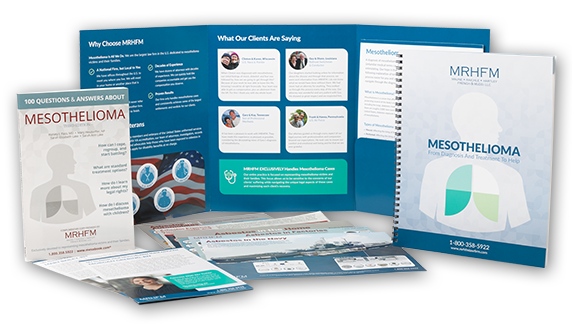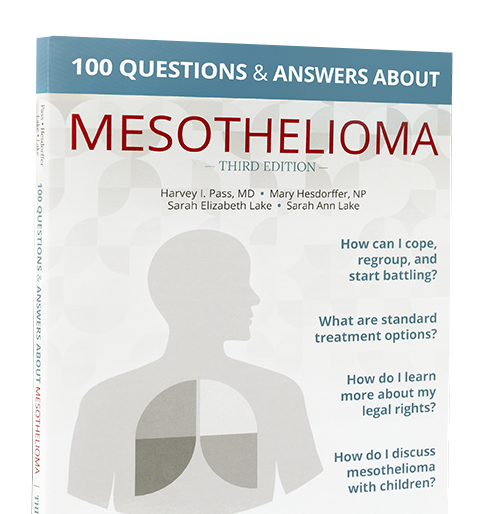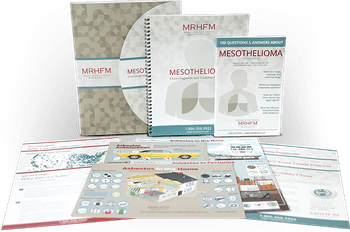Asbestos was used extensively in the construction of schools in the U.S. between the 1940s and the late 1970s. So much of it was used in building materials, insulation, and other products that, in all likelihood, it will never be eliminated from all of America’s schools. What this means is, there will always be a risk of asbestos exposure in U.S. schools. Exposure occurs when asbestos fibers are released into the air after asbestos-containing materials have deteriorated from simple normal wear or if it breaks or crumbles during renovations, a fire, or natural disasters such as earthquakes, hurricanes, and floods.
Because the threat of exposure still exists decades after asbestos was banned in all new construction, under the Asbestos Hazard Emergency Response Act (AHERA), public school districts and non-profit schools are required to inspect their schools for asbestos-containing building material, prepare management plans, and take action to prevent or reduce asbestos hazards. Per the EPA, “these legal requirements are founded on the principle of "in-place" management of asbestos-containing material. Removal of these materials is not usually necessary unless the material is severely damaged or will be disturbed by a building demolition or renovation project.”
If removal of asbestos during renovation is warranted, or school buildings will be demolished, public school districts and non-profit schools must comply with the Asbestos National Emissions Standards for Hazardous Air Pollutants (NESHAP). Performing work in accordance with the Asbestos NESHAP “helps to ensure that areas in use during the renovation are not contaminated and that the area under renovation, when it is complete, is also free of contamination.”
The AHERA regulations require public school districts and non-profit schools to:
- Perform an original inspection to determine whether asbestos-containing materials are present and then re-inspect asbestos-containing material in each school every three years
- Develop, maintain, and update an asbestos management plan and keep a copy at the school
- Perform periodic surveillance of known or suspected asbestos-containing building material
- Ensure that trained and licensed professionals perform inspections and take response actions
- Provide custodial staff with asbestos-awareness training
- Provide yearly notification to parent, teacher, and employee organizations on the availability of the school's asbestos management plan and any asbestos-related actions taken or planned in the school
- Designate a contact person to ensure the responsibilities of the public school district or the non-profit school are properly implemented
Parents, teachers, and their representatives have a right to inspect the school’s required Asbestos Management Plan. Federal law states that the Plan must be made available once annually, and within five days of it being requested. Among other things, the Plan must include:
- Name and address of each school building and whether the building has asbestos-containing building material, and the type of asbestos-containing material
- Date of the original school inspection
- Plan for re-inspections
- Description of any response action or preventive measures taken to reduce asbestos exposure
- Blueprint that clearly identifies the location of asbestos-containing building materials that remains in the school
- Copy of the analysis of any building, and the name and address of any laboratory that sampled the material
- Description of steps taken to inform workers, teachers, and students or their legal guardians about inspections, re-inspections, response actions, and periodic surveillance
- Name, address, and telephone number of the “designated person” or contact to ensure the duties of the school district or non-profit private school are carried out
“These plans are required to document the recommended asbestos response actions and the location of the asbestos within the school,” says the EPA. Plans are also required to document “any action taken to repair and remove the material.”
Sources
Alexander, Debbie, Laura Lewis, and John Ralph. "Condition of America’s Public School Facilities: 2012 –13." National Center for Education Statistics (NCES), Institute of Education Sciences (IES). U.S. Department of Education, Mar. 2014. Web. 11 Apr. 2017.
"Asbestos Frequently Asked Questions." (n.d.): n. pag. EPA. U.S. Environmental Protection Agency, 2015. Web. 11 Apr. 2017.
"Asbestos and School Buildings." EPA. U.S. Environmental Protection Agency, 19 Dec. 2016. Web. 11 Apr. 2017.
"Asbestos in the Home: A Homeowner's Guide." EPA. U.S. Environmental Protection Agency, 05 May 2011. Web. 11 Apr. 2017.
Layton, Lyndsey. "Authorities Worry That Many U.S. Schools Could Have Dangerous Asbestos." The Washington Post. WP Company, 05 Aug. 2015. Web. 11 Apr. 2017.





